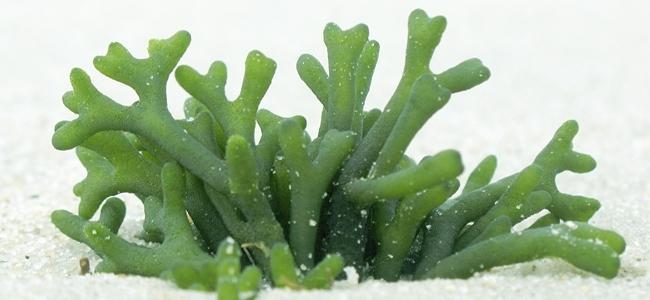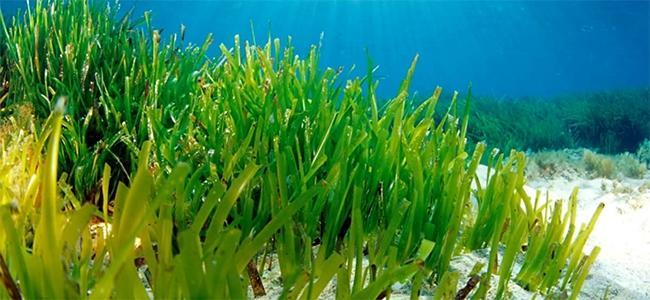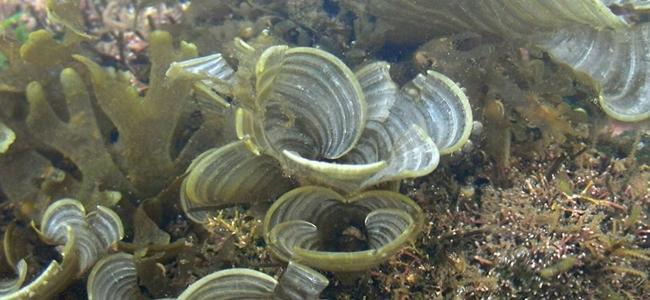The term Algae, although lacking taxonomic validity, is widely used to identify a subset of species of different taxonomic phyla that do not share a common evolutionary origin, but nevertheless have in common a process called photosynthesis, by which they transform CO2 and sunlight into organic compounds and O2. This process of photosynthesis is exclusive to Algae and plants, and confers certain morphological similarities between them. Although it is true that there are morphological similarities between Algae and plants, there are numerous differences between them. Plants have a much more developed degree of differentiation than Algae and have well-defined structures such as roots, leaves, stems and vascular tissues (xylem/phloem). In contrast, Algae lack these highly differentiated structures and we find much less differentiated structures, but with morphological similarity, such as ...
- stipe, equivalent to the stem of plants;
- rhizoid, a structure equivalent to the root, present at the base of the algae, which serves to fix it to the substrate and which, unlike the root, is not used as the main organ for the collection of water or nutrients;
- laminae, are the flat parts of the Algae being the equivalent structure to the leaves.
The vast majority of Algae live either in fresh or salt water environments and in a wide range of pH, temperatures, turbidity, oxygen and CO2 levels. The terrestrial exceptions are those Algae that establish a symbiotic relationship with fungi such as lichens. There are more than 70,000 documented species of Algae, from microscopic (microalgae that make up the marine phytoplankton and which are responsible for generating up to 50% of the oxigen we breathe) to large species such as Macrocystis pyrifera which can exceed 45 meters in length and form the so-called Kelp forests in the eastern Pacific.
The Algae group is the main primary producer in aquatic environments, providing food and shelter for fish, invertebrates and marine Mammals. Depending on the type of pigments used by these organisms for photosynthesis, the colorations of these species vary from the brown of the Ochrophytes, to the green of the Chlorophytes, to the red of the Rhodophytas.
Algae need luminosity to allow photosynthesis and mostly require a solid background to hold on to. These conditions limit the areas in which we can find them to mainly near the coast, mostly on rocky bottoms, although there are species that can only be found on sandy bottoms, as is the case of Posidonia oceanica, or plant species (mostly unicellular) that do not require substrate. As for depth, we will find them from sea level to depths where light reaches, depending on the pigment they possess for photosynthesis, finding green algae, predominantly in superficial areas, while brown and red algae are more frequent at greater depths.
We can classify Algae in the following kingdoms and phyla:
- Bacteria
- Cyanophytas (cyanobacteria or blue-green algae)
- Chromist
- Cercozoa
- Cryptophyta
- Haptophyta
- Ochrophyta
- Plantae
- Chlorophyta (green algae)
- Glaucophyta
- Rhodophyta (red algae)
- Protozoa
- Dinozoa (dinoflagellates)
- Euglenozoa (euglenids)
Classification:
Referencias:
- Wikipedia
- https://enciclopediadebiologia.com
- Algae. Graham, L.E. & Wilcox, L.W. Prentice Hall. 2000
- Algae. Anatomy, biochemistry and biotechnology. Barsanti L & Gualtieri P. CRC Press. 2014
- Phycology. Lee R.E. Cambridge University Press. 2008


